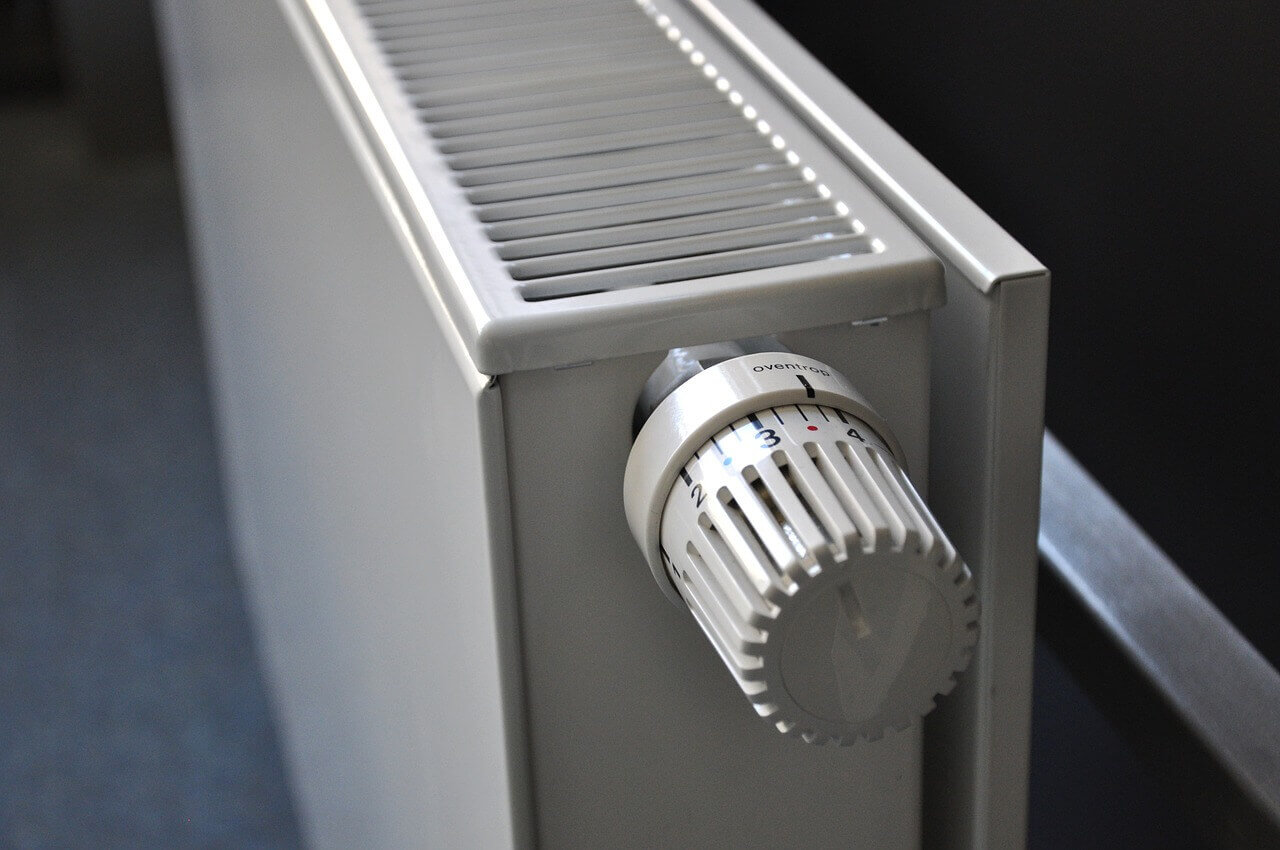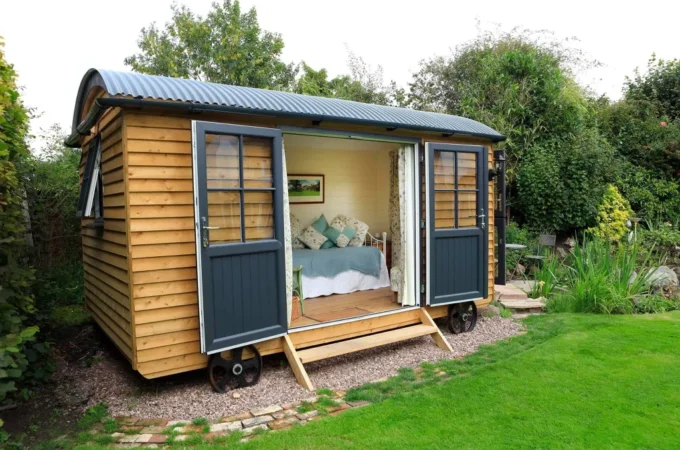
What’s The Best Type of Heating Equipment & System in A Building?
When you manage a residential property like a multi-family housing unit or an apartment building, you’re responsible for ensuring that heating is operational. Not only should the entire heating system be up and running, but also there should be enough heat to keep the property warm throughout the cold months of the year. If you’re recently acquired rental real estate, you’ll have to update the heating system. Sooner or later, you’ll have to decide what kind of heating equipment and system to install. This can put you in a difficult situation. How are you supposed to choose an efficient system that’s desired by tenants and will pay for itself in the long run?
A Brief Outline of The Most Efficient Types of Heating Systems
Central Heating
A central heating system brings warm air to multiple residences from one originating point. Put simply, it provides warmth to the entire building, from eon point to multiple rooms. Many types of central heating systems exist on the market, most of which feature a central boiler. It’s actually a heat generator because the water isn’t boiled. At any rate, there are room thermostats to help adjust the temperature to a comfortable level. The radiant heat avoids the distribution of dust and allergens.

Boiler Heat Vs Furnace
A boiler uses hot water or steam from hot water to push heat to room radiators. It can also be used to provide hot water for kitchens, bathrooms, and so on. A central heating boiler can be powered by different fuel types, of which mention can be made of coal, oil, and gas. The equipment required in the fuel system depends on the type of fuel being deployed. A boiler breakdown can be a true nightmare. If this should happen, look into boiler rental solutions. This way, you can avoid issues regarding heat disruption. Whether you require a temporary boiler for an emergency outage or to provide supplemental steam, you can capture the value of flexibility. New York boiler rental companies tend to have affordable rates.
A furnace, on the other hand, is an enclosed structure in which the material can be heated at very high temperatures. It works by heating up a metal exchanger, through which the system pushes hot air before delivering it to the ductwork. Heat is generated in the furnace via combustion or electrical resistance. A multi-stage furnace can operate at full speed or low speed. Besides the fact that it’s quieter, it’s capable of maintaining the desired temperature in a room. Owing to its simplicity, a furnace doesn’t take too much time to install. In other words, it doesn’t require much expertise.
Perimeter Heating
Perimeter heating is a way of distributing warm air through ducts that are placed along the perimeter or outer area (by the walls) of the room. The air is recycled through the ceiling ducts back to the furnace. Adding a perimeter heating system ensures that more heat is retained in the room and around the windows. You can opt for trench heating or pedestal heaters. Trench heating is installed into furrows, which are dug beneath the floor. A convector unit is connected up to the heating system and finished with a grille. Now, let’s talk about pedestal heaters. A pedestal heater is an elevated heater that circulates warm air where it’s needed the most. As the name clearly suggests, it’s used at floor level.
Direct Heating
If there’s no ductwork to distribute air, you can install a direct heating system. Heat is generated within a material that passes an electrical current through it. The conversion of energy into heat occurs at the site to be heated, hence the denomination. The earliest method of providing interior heating was an open fire. Needless to say, things have changed. At present, you can leverage solutions such as gas-fired space heaters and electric space heaters. Due to their low purchasing costs, direct heating systems are ideally suited for renovations. You should focus on the latest technology, of course.

Gas-Fired Space Hearer Vs Electric Space Heater
A gas-fired space heater is a compact yet powerful way of heating a room. It’s typically used in garages, workshops, warehouses, and factories. You should be hesitant about placing this kind of unit in a residential property. Even if tenants follow best practices, it can be dangerous. Gas-fired space heaters are available in various configurations, namely free-standing, wall-mounted, and floor-based. You can heat several rooms at a time only if you leave the doors open. It should be used solely for supplemental heat. You should be aware that it might lead to increased carbon monoxide poisoning.
An electric space heater is both portable and inexpensive. Electrical energy is transformed into heat and then transferred to the environment. It’s used for domestic direct heating and the materials processing industry, as an interim option. An electric space heater requires a vent to exhaust the gases generated in the heat production process. By design, it’s not meant for permanent installation, but rather for temporary or intermittent use. Additionally, the heating system isn’t as efficient as compared to a gas-fired space heater.
Alternatives: What Are Your Options?
As a landlord, you’re responsible for making sure that the rental properties are livable and safe. If you’re curious to know what other type of equipment and heating system might be better for your needs, you’ve come to the right place. Some of the most popular alternatives include solar heating, geothermal heating, and radiant floor heat. Radiant floor heat, in particular, is challenging to install and there are limited choices in terms of floor finishes. Nonetheless, the energy is efficient and comfortable, so it shouldn’t come as a surprise that is the preferred choice for home builders.
You can install solar panels on the building to have a clean supply of energy for your tenants. You can make money by having low to non-existent energy costs. A shared solar system is better than separate systems for each tenant. Adding solar heating will undoubtedly increase property value. There’s an increased demand for green living, so solar panels provide genuine value.




